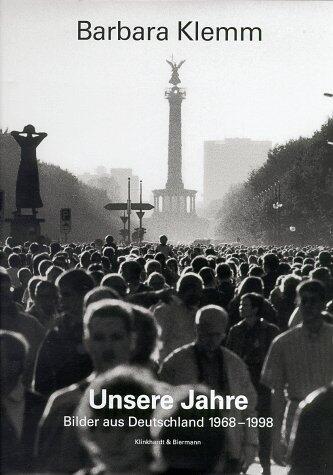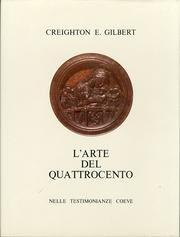
Architektur und Politik in Deutschland 1918–1945
No ratings yet
Art & Photography
Format
Paperback
Pages
250
Language
German
Published
Jan 1, 1986
Publisher
Vieweg+Teubner Verlag
Edition
Softcover reprint of the original 1st ed. 1986
ISBN-10
3528087072
ISBN-13
9783528087074
Description
This scholarly work delves into the intricate relationship between architecture and politics in Germany during the tumultuous years from 1918 to 1945. It explores how architectural movements were influenced by, and often reflected, the prevailing political ideologies of the time. Through meticulous research and analysis, the author uncovers the ways in which architects responded to the societal changes brought about by the Weimar Republic, the rise of the Nazi regime, and the subsequent impacts of World War II.
The narrative is rich in historical context, offering insights into the architectural styles that emerged during this dynamic period. It highlights key figures and their contributions, demonstrating how their designs were often intertwined with the aspirations or oppression of the political landscape. By examining various buildings and urban planning initiatives, the text illustrates how architecture served as a medium for both expression and propaganda.
Lane's work is not solely a history of buildings but also a commentary on the moral and ethical responsibilities of architects in times of crisis. It poses critical questions about the role of architecture in shaping national identity and cultural memory, forcing readers to consider the implications of their built environment.
As it traverses the complex interplay of aesthetics and ideology, this exploration sheds light on the legacy of that era, prompting a reflective examination of contemporary architecture in relation to its historical roots. Lane’s insightful analysis makes this a compelling read for those interested in architecture, history, and political theory.
The narrative is rich in historical context, offering insights into the architectural styles that emerged during this dynamic period. It highlights key figures and their contributions, demonstrating how their designs were often intertwined with the aspirations or oppression of the political landscape. By examining various buildings and urban planning initiatives, the text illustrates how architecture served as a medium for both expression and propaganda.
Lane's work is not solely a history of buildings but also a commentary on the moral and ethical responsibilities of architects in times of crisis. It poses critical questions about the role of architecture in shaping national identity and cultural memory, forcing readers to consider the implications of their built environment.
As it traverses the complex interplay of aesthetics and ideology, this exploration sheds light on the legacy of that era, prompting a reflective examination of contemporary architecture in relation to its historical roots. Lane’s insightful analysis makes this a compelling read for those interested in architecture, history, and political theory.
Reviews
Reading Log
No reading logs found
Start tracking your reading progress to see logs here
Add Your First Reading LogNotes
Transaction Log
No transaction logs found
Start tracking your book transactions to see logs here
Add Your First Transaction Log








![Zwischen Abstraktion und Wirklichkeit : Fotografie der 50er Jahre, Kunstverein Ludwigshafen am Rhein e. V., 6.11.1998 bis 31.1.1999 / [Herausgeber: ... und Katalog: Barabara Auer]](https://images.bookpine.com/36105348-f304-43e4-8272-979663722853.jpg)









